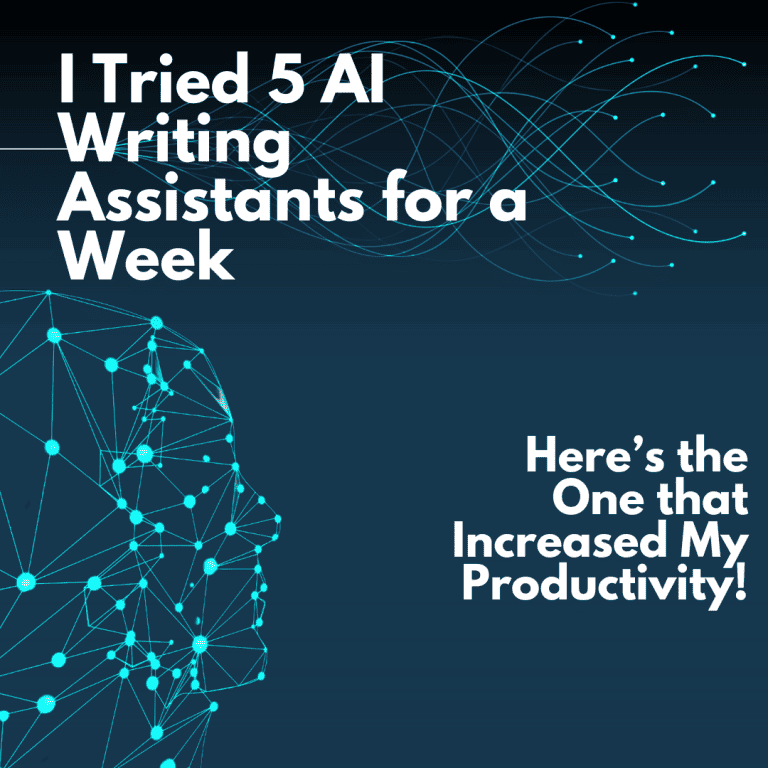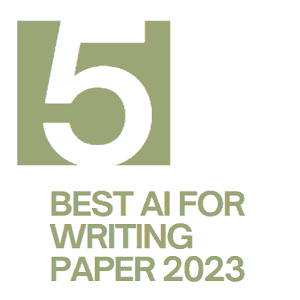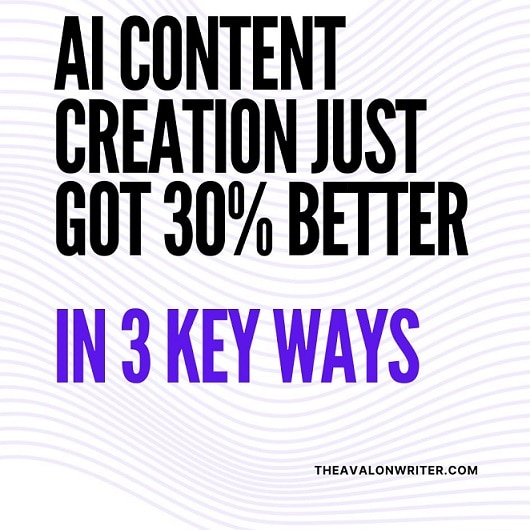Evading AI Writing Detection: Techniques on How to change AI writing to human
AI writing tools have been popular lately. They promise benefits like faster writing and style consistency. But there’s rising concern over abuse—like spreading fake AI-generated information disguised as human work. That’s why AI writing detectors were built, using analysis techniques to sniff out machine-generated text. We will help you learn how to change AI writing to human writing by adding facts and personal experiences.
Making undetectable AI content is risky, though. It undermines trust and enables scams in places where authentic human authorship matters – journalism, essays, creative work, etc. While AI assists legitimate use cases, transparency about what’s AI-generated is crucial.
Understanding AI Writing Detection Mechanisms
AI writing detectors use various techniques to identify machine-generated text. This includes language modeling to analyze word choice, sentence structure, and writing coherence/tone. Statistical analysis spots abnormal patterns like repetitive phrasing that give away AI authorship.
What common red flags do detectors look for? Lack of human voice – no emotions or opinions. Inconsistent writing style or tone shifts. Factual errors or nonsensical statements. Repetitive word use and lack of synonyms. Overly formulaic sentence structures.
However, current detectors have blind spots. Their accuracy depends on the training data, which may not cover all AI model outputs. Powerful new language models can produce highly coherent, “human-like” text that bypasses detection. Short-form content is also challenging for some detectors to evaluate reliably.
While AI writing detection is a rapidly developing field, limitations remain. Providers must continuously update and retrain their models as new AI writing capabilities emerge. Skilled bad actors may still find ways to bypass detection methods over time.
How to change AI writing to human
Adding Personal Perspective
One key way to humanize AI text is by incorporating personal experiences, anecdotes, and emotional language that resonates with the audience. The resource suggests:
- Sharing real personal stories or examples that back up your expertise on the topic
- Using descriptive, emotional language to set a particular mood (humor, passion, excitement)
- Being specific in prompts about desired tone/voice so the AI output better aligns.
The key is infusing AI output with your authentic perspective and voice. This allows you to connect with readers on a human level that AI alone cannot replicate.
Collaborative Co-Writing
Rather than having AI generate complete paragraphs, the resource recommends using it as an assistive “co-writer”:
- Ask AI for bullet points, data, and summaries to incorporate into your writing
- Use AI writing as an outline or first draft that you substantially rework.
- Leverage AI writing tools for suggestions but have a heavy human editing process
This approach taps AI’s capabilities for enhanced productivity while keeping humans firmly in the creative driving seat.
How to change AI writing to human: Critical Editing
No matter how advanced, AI output needs to go through rigorous critical editing by human reviewers:
- Fact-checking for accuracy and updating outdated information
- Cutting repetitive phrasing or heavy-handed word choices
- Analyzing for potential bias, sensitivity issues, or context gaps
- Checking against potential AI plagiarism using detection tools
The resource stresses that you should view AI writing as a starting point, not an end product to publish verbatim.
By strategically combining AI’s capabilities with human writing– personal voice, creative direction, critical analysis – you can ethically produce content that leverages the best of both human and machine skills. The key is transparency about AI’s role in the process.
Leveraging Advanced AI Writing Models
As AI language models continue rapidly advancing, they are becoming powerful co-creative partners that can aid humans in the writing process through capabilities like:
Research Assistance involves using the model’s broad knowledge base to quickly gather relevant information, data, quotes, and citations on a given topic to fuel ideation.
Outline and Structure: Leveraging the model to draft content outlines, section templates, and bare-bone structures that human writers can build upon with their original expression.
Language Optimization: Employing the language model’s strengths in tone-matching, rephrasing, vocabulary enrichment, and style refinement to optimize human-authored drafts.
Multimedia Support: Some of the latest multi-modal models can integrate text generation with image analysis, video description, and other media to create more immersive content experiences.
The key is using these AI models as augmentation tools that empower and elevate human creativity rather than attempting to replicate or replace it entirely. Responsible approaches involve:
Human-Centered Workflow: Defining a collaborative workflow in which the human provides prompts, context, and creative direction that the AI model assists with rather than fully automating the process.
Transparency: Delineating which components involved AI assistance and human authorial ownership in the final published content.
Editorial Oversight: Having human reviewers apply critical judgment, fact-checking, editing, and quality control over the AI-assisted portions.
Customization: Businesses or individual creators can explore customizing publicly available or proprietary language models by providing examples of their desired style, tone, and voice qualities.
Ultimately, the most powerful applications may arise from finding the optimal balance of combining advanced AI’s speed and productivity with human originality, context-awareness, and creative genius. The ethical approach is not to have AI subvert or conceal its role but to wield it as a supplementary force multiplier for human potential.
Ethical Considerations and Best Practices
Undetectable AI writing opens the door for plagiarism and the spreading of misinformation disguised as human content. That’s a huge ethical risk that could undermine trust across many domains.
That said, transparent AI writing assistance could benefit accessibility, helping those with disabilities or writing challenges create content more easily. When disclosed as AI-augmented, it may also aid creative expression. Educational use is viable, too, with proper oversight.
The key? Transparency. Always be upfront about whether AI tools are involved. Strict human oversight and fact-checking are required for any AI-generated components. Commit to authentic representation—never pass off machine work as fully human-authored.
Establish ethical policies for use cases, such as journalism, creative writing, and academic work. Leverage AI’s capabilities to enhance human creativity and productivity, not obscure truth through deception. Responsibility must outweigh expediency.
Tools and Resources
Here are some tools you can use to help identify AI-written content.
ZeroGPT uses a multi-stage deep learning methodology trained on large text datasets to analyze content and identify if it was generated by AI language models like ChatGPT, GPT-3/4, Bard, etc. It aims to optimize accuracy while reducing false positives/negatives.
ContentScale’s AI Detector is trained on online articles and multiple large language models. It can rapidly analyze content to determine if it sounds human-written or potentially AI-generated by systems like ChatGPT, GPT-4, Claude, etc. They also offer an “AI Humanizer” tool.
Originality AI claims industry-leading accuracy backed by peer-reviewed studies in detecting AI text across major language models like ChatGPT, GPT-3, Bard, Claude, and more. Their approach utilizes in-depth analysis methodologies.
These tools use linguistic analysis, statistical modeling, and training on large text corpora to identify patterns that differentiate human versus AI-generated writing styles and outputs.
For ethical content creation leveraging AI assistance, it’s recommended to:
- Use AI writing tools that allow human review/editing with transparency about AI involvement.
- Utilize plagiarism checkers and AI detection tools to validate originality claims.
- Follow ethical AI use guidelines and maintain transparency about AI’s role.
- Focus on harnessing AI’s capabilities to enhance human productivity while preserving authenticity standards around original authorship.
Conclusion
While AI language models offer impressive capabilities for enhancing writing productivity, we must be cautious about approaches that attempt to make AI-generated content undetectable or indistinguishable from authentic human authorship. Doing so raises ethical risks around plagiarism, spreading misinformation, violating academic integrity standards, and undermining public trust.
The strategies and techniques discussed, such as incorporating personal perspectives, using AI as a collaborative co-writing aid, and rigorous human editing and fact-checking, provide an ethical framework for leveraging AI’s strengths responsibly and transparently. The key is striking a balance between benefiting from AI’s content creation assistance and preserving human creativity, context, and accountability. Responsible human-AI collaboration that delineates and discloses AI’s role is the path forward, not obfuscating machine-generated text as human output. By upholding transparency and ethical AI use, we can benefit from this technology while celebrating the authenticity of the human creative voice.





